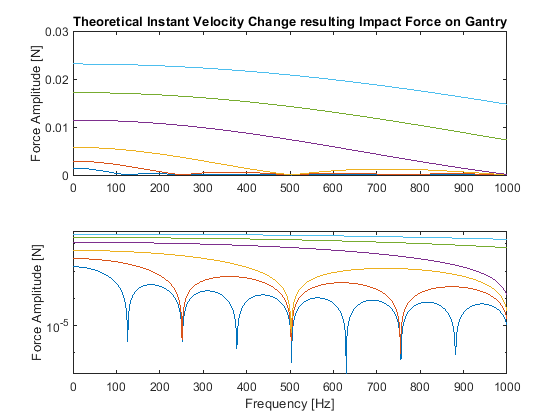Interesting experiment; your name and having written some dutch words makes me think you work in Veldhoven ;-). I visit there regularly.
Anyways, just to add some remarks:
- I'm not sure you can "feel" 833Hz with your hands. That's typically lower frequent. I would imagine the concrete drastically changed the vibration part right?
- changing the system "that much" with the frequency remaining about the same is quite strange. It makes me believe it's something else then the frame
- with the probkem being audible, I indeed think that acoustic measures (enclosure('s)) will now help you a lot!
You could also perhaps look at Tune Mass Damper principle. Make one as and test it at different places ;-).
But overall, really nice job man! Cool and it sure was worth reading to the end ;-).
 when indeed working well.
when indeed working well.
 . I go toothed too, but saw some discussions bearings would be better. Nah, I like the toothed stuff!
. I go toothed too, but saw some discussions bearings would be better. Nah, I like the toothed stuff!